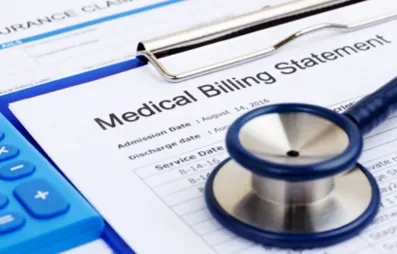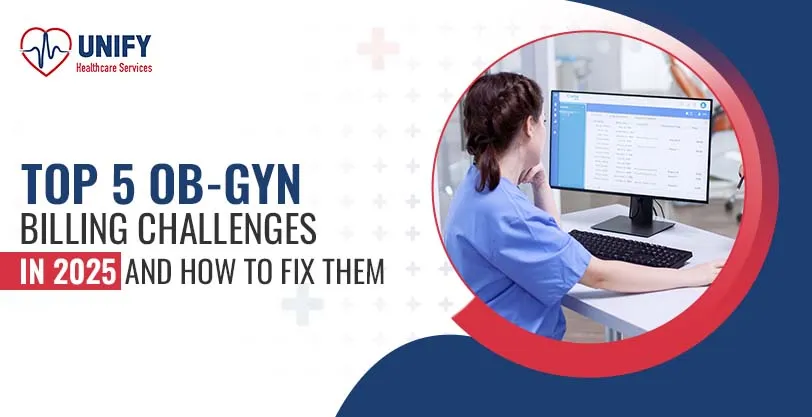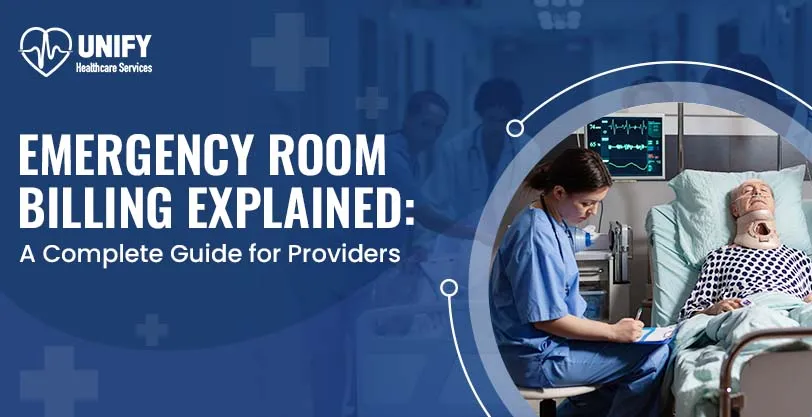Healthcare is a burdensome process! Apart from the complexities in healthcare itself, medical billing also plays its part in increasing the challenges. Healthcare organizations face unprecedented financial strain on their shoulders which makes it difficult for them to maintain a healthy revenue cycle. Healthcare underpayments is one factor that impacts the financial structure of their organization. If you are running your practice in Ohio, this is the perfect blog to learn how you can address healthcare underpayments. Identifying and addressing underpayments are important for a smooth revenue structure. In this blog we will learn about underpayments and look at some powerful strategies that can make underpayment recovery easy.
What Are Healthcare Underpayments?
Underpayment refers to the partial payment made for a treatment rendered to the patient. Partial payment means that the provider has not been completely reimbursed for their treatment and services. It can also happen if the provider has under-billed for the care they provided.
It can happen due to various reasons. Let's take a look at some!
Contractual Underpayments
When a payor fails to pay completely as per the terms mentioned in the contract, it falls under the category of underpayments. Especially complex terms like high-dollar stop-loss, carve outs, escalators, and lessor-of language. This issue happens from the payor end!
Processing Errors
Sometimes errors happen unintentionally from the payor end while calculating the actual amount or processing the claim for payment.
Charge-Capture Issues
This issue revolves around clinical data management inaccuracy, charge related to lessor-of language and pharmacy multiplier mistakes. It can hamper the revenue cycle of an organization.
Coding Issues
This involves inappropriate coding of DRGs, inaccurate procedure order, missing diagnosis or transfer DRG errors.
Medial Billing Issues
This issue covers the alternate revenue code logic, payor-specific modifications and appropriate capture of specialty payment like indirect medical education payments (IMEs).
How Can You Identify Underpayments?
Let’s learn about some of the ways to identify healthcare underpayments.
Systematic Payment Analysis
Identifying underpayments needs regular monitoring of payments as per the contracts. This encompasses evaluating the difference between the expected amount in reimbursement and the amount received. EOBs are compared for any discrepancies.
The normal process of monitoring patterns of payment among healthcare providers, especially in high-volume procedures and among payers can help determine discrepancies. This helps in identifying trends and recurrent issues that may suggest systematic underpayment problems.
Automated Payment Verification
Providers can also use technology and automated software to track payments in real time. Automated processes can briefly reflect when the actual payments are not completed and notify the staff about underpayment.
Various technologies compare actual payments against contracted rates and fee schedules. This eliminates the time-consuming reviews along with reducing the risk of human errors. The right technology ensures continuous monitoring and prompt identification of payment disputes.
Regular Contract Compliance Audits
One of the major factors to determine underpayment is maintaining updated knowledge about payer contracts. This includes having an extensive database of contract terms, rates and special payment arrangements.
Continuous audits of these contracts, like tracking anniversary dates and rate increases, make sure that payments are made according to the most current agreement. This proactive approach helps prevent underpayments before they happen and gives good documentation for payment appeals.
Steps for Healthcare Underpayments Recovery
The underpayment recovery plan should identify as well as correct the issues that keep your organization from being paid accurately. It should also make sure that your organization is in compliance with the established contract.
Underpayment management needs analysis and understanding of revenue cycle processes and how they impact reimbursement from the time of registration to final payment. Let's take a look at the steps of underpayment recovery!
Identify: Get a Clear Picture of Recovery Opportunities
Providers must have a systematic process to identify underpayments. They must build a team of professional experts who can create extensive guidelines for payment verification. You can use the three strategies we discussed earlier, or you can partner with expert medical billers who can take care of underpayment for you.
There are companies holding expertise in evaluating claims data, contract terms and payment histories. Professional companies can combine human efforts and technological capabilities to create an effective identification system that can catch underpayment promptly.
Underpayment Recovery: Prioritize & Act
This stage needs a thoughtful and strategic focus. As mentioned earlier, providers must start with building a dedicated team and providing them with the right tools and authority to recover underpayment. Identify the process to group similar underpayment cases to process and appeal more effectively. Additionally, developing automated workflows for standard appeals is also very helpful in making the process faster.
Providers must determine priority based on the amount, aging, and probability of recovery. This allows your team to focus more on the most impactful cases first.
Resolve: Focus on Prevention
Prevention of underpayments must be the ultimate goal for every healthcare provider. Analyzing and understanding the major reasons for underpayments and implementing strategies to ensure those issues do not arise again is important. There must be open communication between revenue cycle teams so that they can share quick feedback about any mistakes they come across.
Collaborate closely with managed care teams and share trending reports and escalation data to strengthen future contract negotiations. Regular staff training and updates on payer policies help in the prevention of common mistakes.
Remember, each recovered underpayment provides valuable insights for preventing future revenue leakage.
Conclusion
Staying ahead of underpayments in today’s complex healthcare landscape needs consistent planning. As time moves forward, the reimbursement models are only getting more and more complex. Payer requirements also evolve constantly. This is why partnering with a healthcare billing company is essential for every healthcare provider.
Unify Healthcare Services is a well-established medical billing company that manages billing and coding for various big and small-scale healthcare organizations. We have trained experts who are well versed in all the aspects of medical billing. Finding us is very easy. Just search “Medical Billing Service in Ohio” and you will find us in the top results.
We can take care of everything for you including underpayment recovery and underpayment claim. We can resolve all the discrepancies related to medical billing so that you can have peace of mind while treating patients. We make sure that your revenue cycle never has to face any loss by creating accurate claims for practice. We use a combined approach of technology and manpower to ensure a smooth revenue cycle process for your organization.












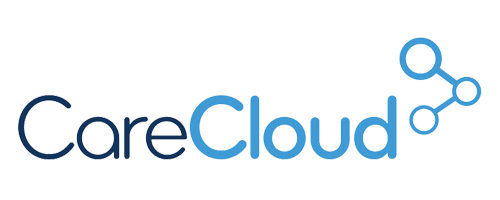

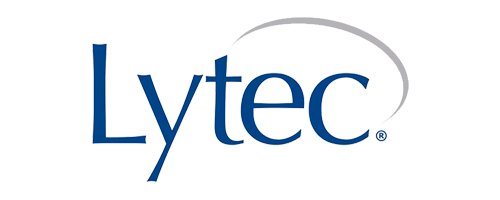

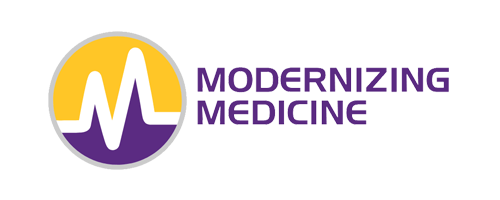



.webp)
 1.jpg)



